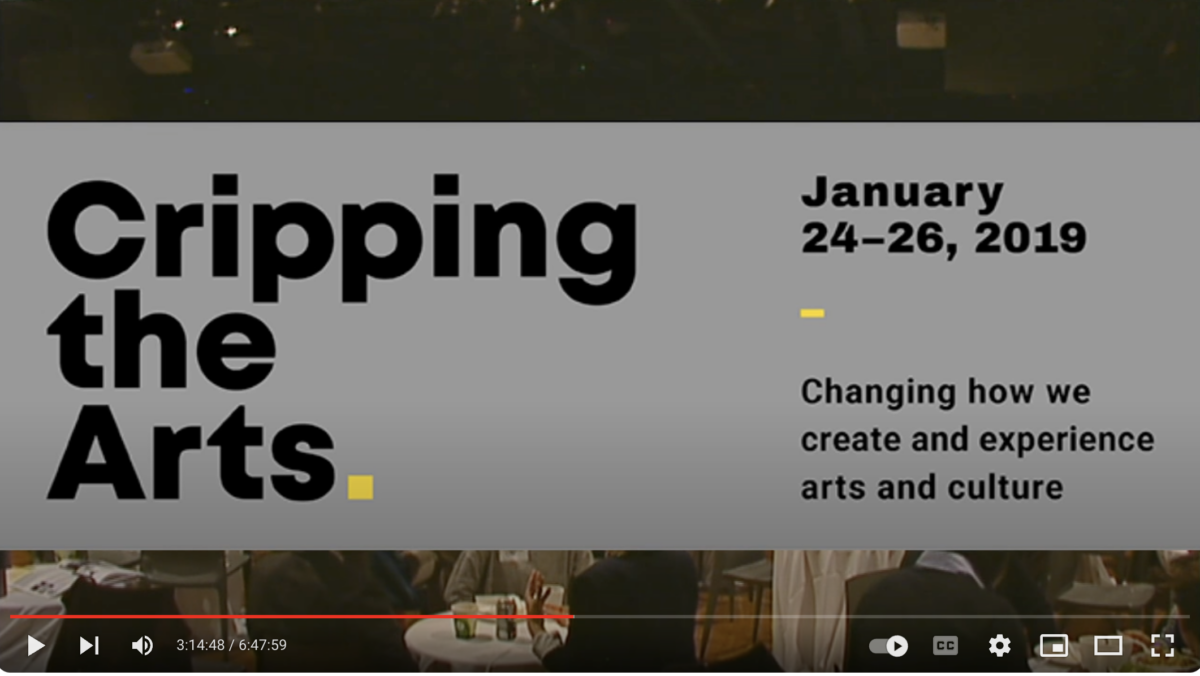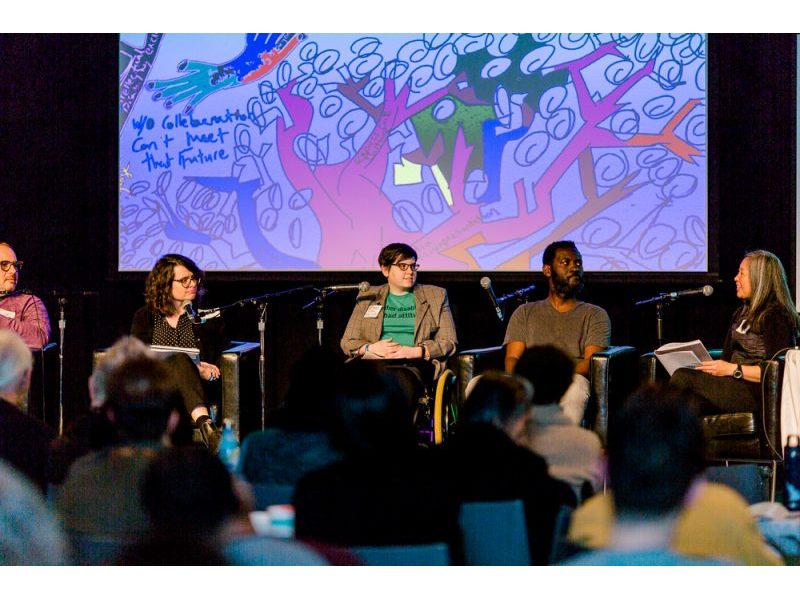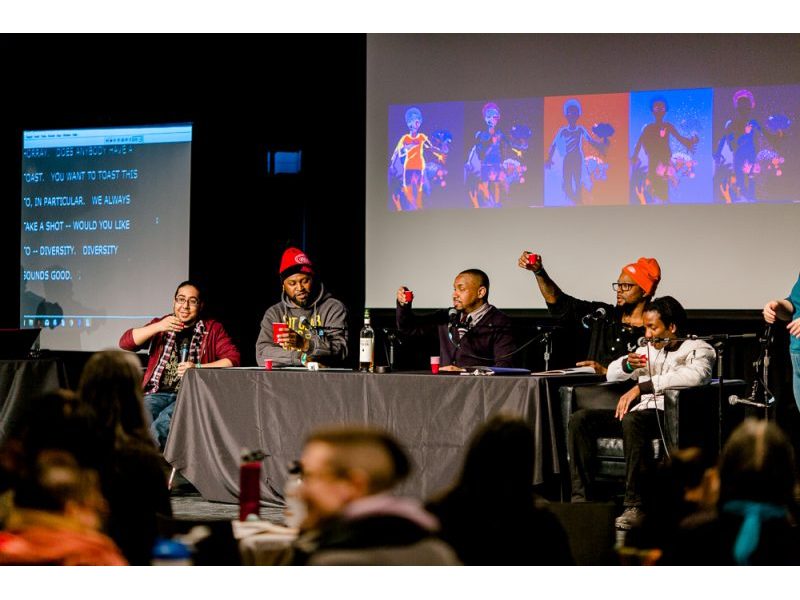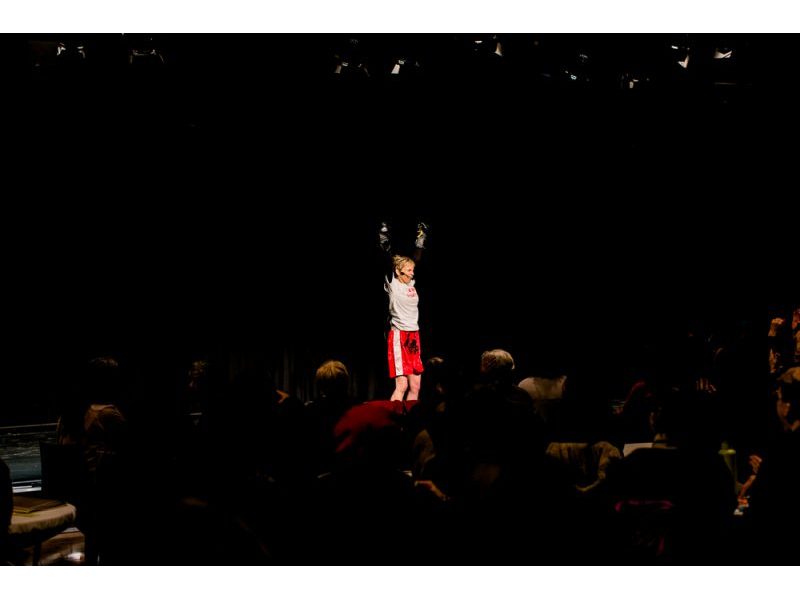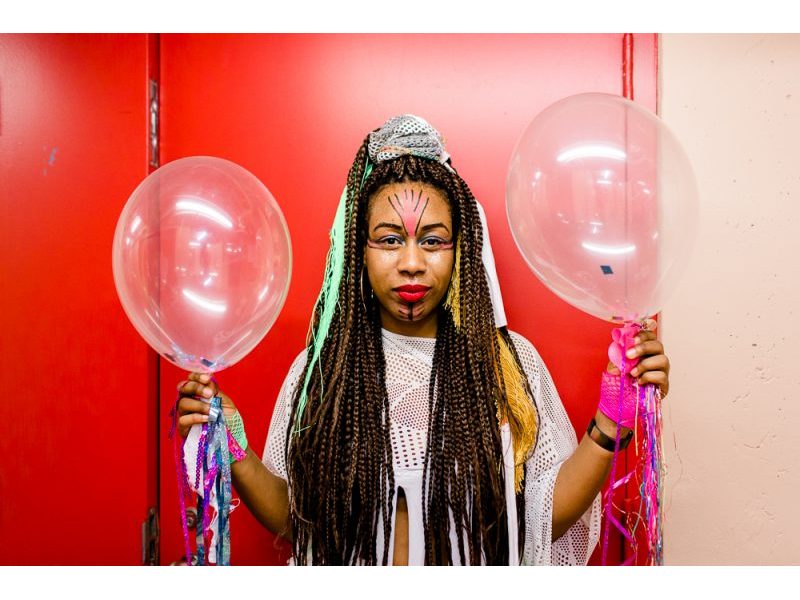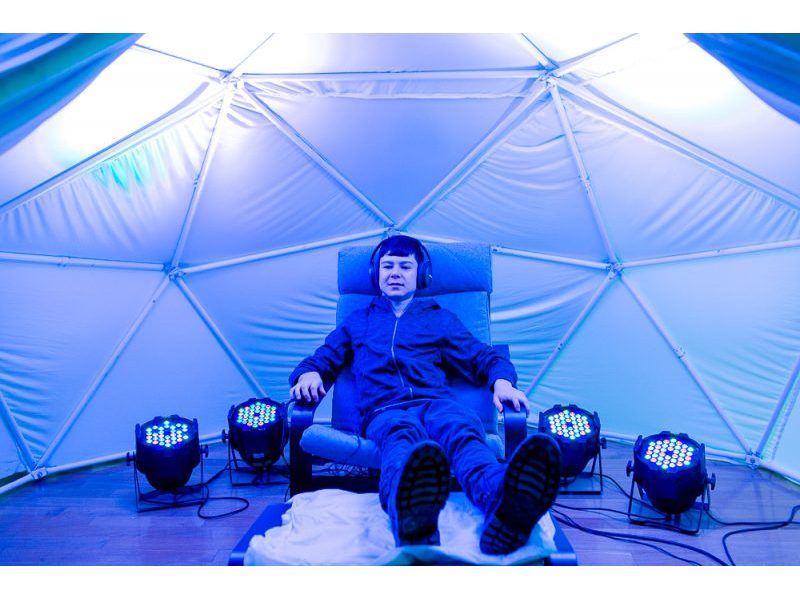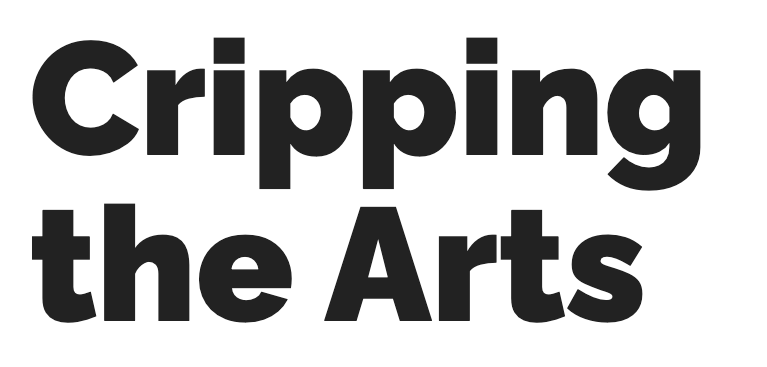
Changing how we create and experience arts and culture.
In partnership with Tangled Art + Disability, Creative Users Projects, the British Council, the Harbourfront Centre, Musagetes, and Re•Vision: The Centre for Art and Social Justice, Bodies in Translation co-hosted Cripping the Arts in Canada Symposium 2019. This three-day symposium, running January 24-26, 2019, took place at the Harbourfront Centre and included a performing arts program curated by Alex Bulmer and presented by the British Council. The symposium animated how Deaf and disability arts and activism changes how we experience art, culture, and digital transformation as well as the ways our culture contributes to, if not leads to, the achievements of disability rights and justice movements.
Welcome
The 2019 Cripping the Arts Symposium gathered people who share a belief that Deaf, Disability, and Mad arts and activism change not only how we understand difference, but how we create and experience arts and culture as well.
This event asserted a disability politic of “cripping the arts”. When we crip, we “open up with desire for the ways that disability disrupts”, as disability studies activist Kelly Fritsch says. When we “crip the arts”, we pay attention to the different ways that Deaf, Disabled, and Mad artists and audiences contribute to, create, and experience culture, making Canada’s art sector more inclusive, innovative, and dynamic, establishing new standards of artistic excellence. Our art disrupts normative understandings of difference, creating a multiplicity of intersectional representations as well as opportunities to experience arts and culture in new ways.
Over three days, we shared space with artists, activists, researchers, and arts council officers in panel discussions, co-creative workshops, keynotes, an exhibition, a multi-sensory installation, and evening performances. Through live streaming coverage of our daytime programming, we explored emerging Deaf, Disability, and Mad cultural practices and expanded our art and ideas to an international audience. We delved into our futures together as they relate to topics around accessible practices in the arts, art and activism in a digital world, exploring new models of leadership, and working in solidarity between disability rights, disability justice, decoloniality, and Indigenous sovereignty.
This digital catalogue features the archived videos of the symposium’s proceedings, speaker bios, photographs, and key outputs* from the symposium, such as reports and publications. We hope you enjoy!
Documentary
- OC Open Captions
- ASL interpreted
- Uncaptioned
Select a format:
Publications
Cripistemological Approaches to Disability Arts Culture
A Special Issue of ‘Studies in Social Justice’, Chandler, E., K. Aubrecht, C. Rice, & E. Ignagni.
Relaxed Performance: Exploring Accessibility in the Canadian Theatre Landscape
Interest in curating accessible experiences is growing among many in the Canadian arts scene. The question of what this means has begun to drive conversations about how this might be accomplished, concretely: What is an accessible arts experience? How does it look different in different segments of the arts landscape? What are the policy implications of accessibility? How does accessibility in the arts relate to larger debates about accessibility in disability studies? What is access, and what is inclusion?
Canadian Journal of Disability Studies
Cripping the Arts in Canada by Eliza Chandler
Disability arts are political. Disability arts are vital to the disabled people’s movement for how they imagine and perpetuate both new understandings of disability, Deafhood, and madness/Mad-identity and create new worldly arrangements that can hold, centre, and even desire such understandings. Critically led by disabled, mad, and Deaf people, disability art is a burgeoning artistic practice in Canada that takes the experience of disability as a creative entry point.
On the Complexity of Cripping the Arts
Published in Canadian Art Magazine by Christiana Myers
In the wake of Bill C-81, “an act to ensure a barrier free Canada,” and the Canada Council’s accessibility and equity research initiatives, the attention to deaf, disability and mad arts is growing. The aim, now, is for organizations to realize commitments to accessibility by developing methods of inclusion that are as creative as their programming. Rather than simply accommodating these artists and audiences, organizations have the opportunity to “crip”–that is to disrupt–the way they think about language, time, representation and even budgeting. What are the futures of these bodies and what can we learn from them?





